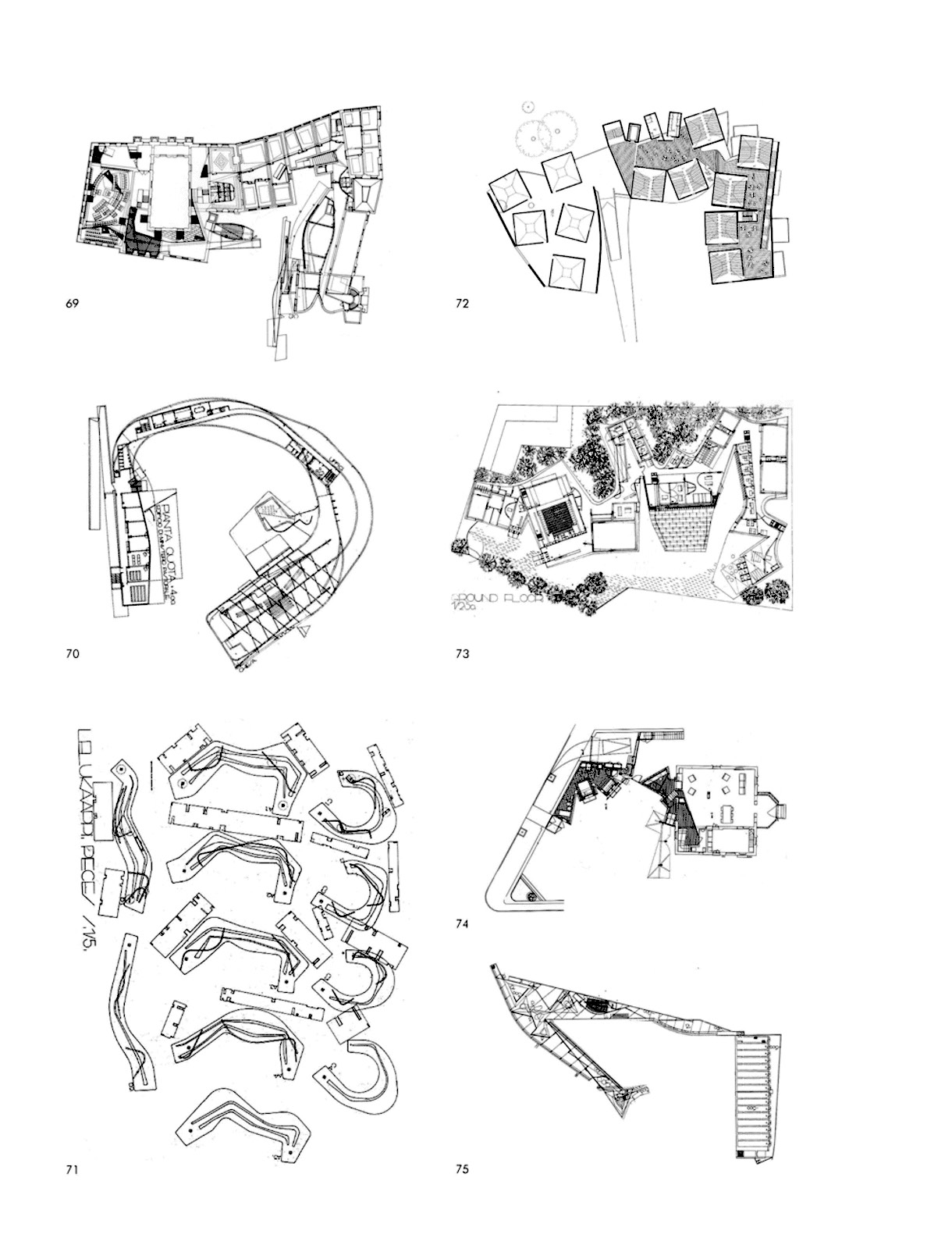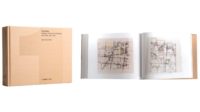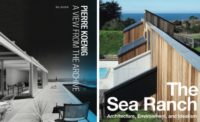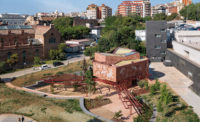1993. Deep winter in Barcelona. Sunday, late afternoon.
Enric would set the time for our meetings: 6 p.m. at his office on Carrer de Avinyo.
While I was in the Catalan city, Enric agreed to be the tutor for my thesis project at the Universidad Nacional de Rosario in Argentina, where he was a rock star, and a hero of mine. We would meet on Sundays when the office phone would be quiet and people in the office would be at a minimum.
With the last sunlight, I arrived at the studio. A large wood door opened up to a magnificent, quiet patio. I climbed the imposing stairs, looking down at beautiful wood architectural models as classical music emanated from above. The old walls of the office appeared magical, revealing layers of time.
Enric was a tall man, elegant, curious. He would smoke cigars as we talked about architecture.
I remember showing him the first ideas for my project. Hardline drawings, sketches, photos of models.

Javier Fernandez Contreras’s well-detailed new book, The Miralles Projection, discusses Enric’s highly personalized methods of representation and describes his layered hand sketches. My project, for a library in Rosario, was full of Enric’s gestural lines. The measurements, the fonts, the line weights, the curves. Plans, sections, and elevations would come together in a single complex drawing.
Enric talked about my project, but he would never draw. We would drive off at times—car rides full of conversations about art and sports, maybe a cartoon he saw on television that day.
As Carles Muro explains in another recent book, Catherine Spellman’s Conversations and Allusions, “Miralles understood both the history of architecture and the design process itself as a form of conversation—a conversation whose start had already taken place and in which we simply had to engage.”
Enric would mention to me informal conversations he had in Germany with an artist friend, or he would show me a black-and-white photograph, only to pay attention to the shadow of a particular figure and discard everything else.
It was my task to find the relationships, to connect the dots, to imagine the full picture.
This summer marks 20 years since he left us way too soon.
As my meetings and conversations with him pile up in my memory, what I recall most was how skillful, sharp, and brilliant he was to teach me things that went beyond architecture.
Despite the complexity of his thinking and his drawing, Enric’s work had an essential quality.
With him as a tutor, I designed the most simple project during my time as a student, and probably the most profound.





Post a comment to this article
Report Abusive Comment